Keeping it Simple Page 2
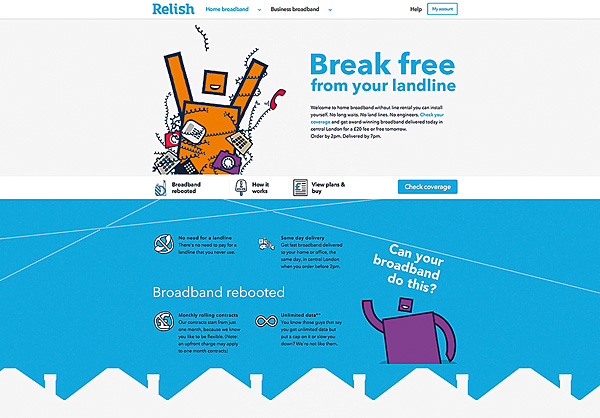
I've tried Relish in a London flat and it works well, delivering over 10Mb/s. More accurately, it worked well until a developer erected a five-storey building nearby and blocked the signal path from the local Relish transmitter tower. Data speeds then dropped like a stone. So, if possible go for a DSL or cable Internet service with an unlimited data tariff.
Mains Muck
Most of us need to distribute our broadband signal round the home, with a 'network'. The easiest option is Wi-Fi, which uses the unlicensed ISM (industrial, scientific and medical) bands at 2.4GHz and 5.8GHz. These frequencies are shared with all manner of other equipment including microwave ovens which can cause interference. Also, the more people that use Wi-Fi in the same building, the more likely it is that the ISM band will congest and slow down data.
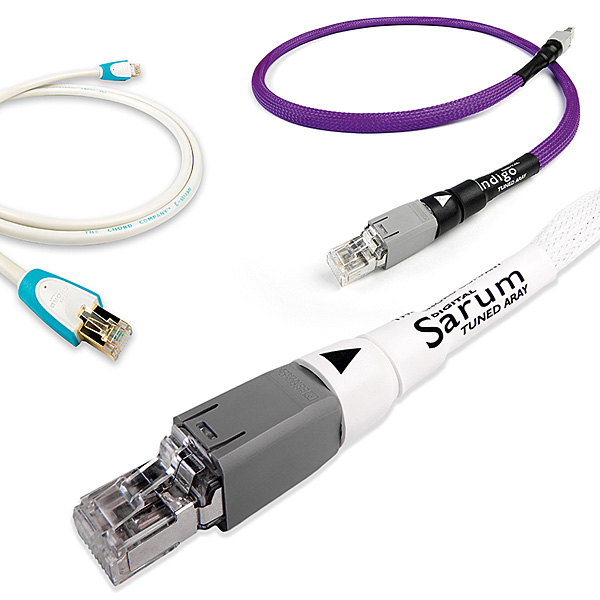
Ethernet cables are more reliable. They have simple unscreened wires, cleverly paired and twisted in groups to resist interference. But laying Ethernet cables round skirting and through walls needs DIY skill. Powerline Ethernet-over-mains adapters are a very attractive alternative. They look like oversized mains plugs. Plug an Ethernet cable from your Internet router into one powerline and plug an Ethernet cable for your equipment into another, paired, powerline. The Internet connection is then carried over the mains wiring in your home.
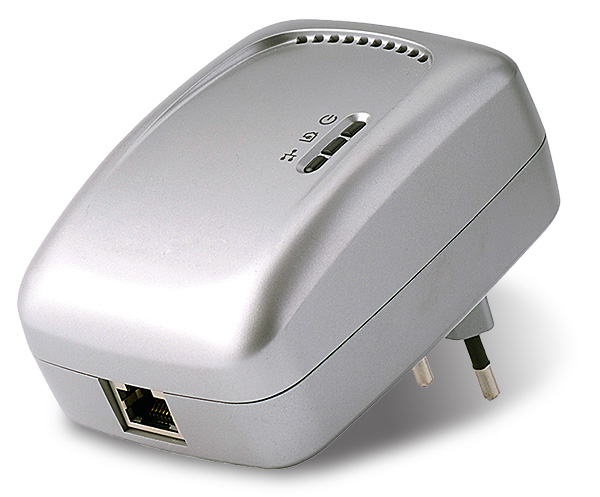
However, there is a drawback to this approach. Powerlines can slow data speeds, especially if they are cheap devices, and if there is interference muck in the mains. The powerline data signal is blocked by some other equipment, such as surge protectors. To sum up: you can't beat Ethernet copper. If you happen to be moving home, look for a pre-wired house.
An Internet access network can also be used to distribute music (and movies and pictures and text files) round the house. Despite what gadget or tabloid journalists, who have perhaps never actually done it for themselves, may assure their readers, setting up and maintaining an all-purpose home network, and protecting it from hackers, is far from a doddle. The software needed to control and secure data flow can seem to have a mind of its own, and change that mind overnight – for instance if separate software updates itself.
This has created the market opportunity for proprietary home audio networking systems. But as can happen when rival 'closed' systems vie to create a de facto standard, the consumer risks buying into another Betamax.
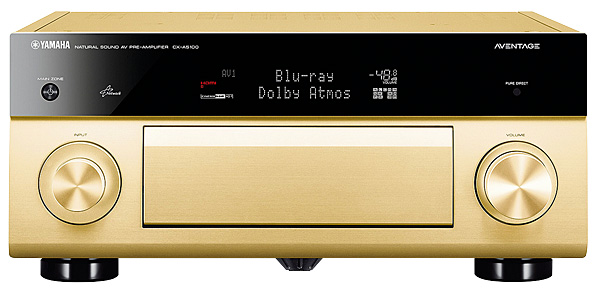
Of the 'traditional' hi-fi companies that offer home networking systems, Denon has HEOS, which is now making its way into the Marantz range; Yamaha has MusiCast; and Onkyo/Pioneer have their own system, with no special name.
No Mix 'N' Match
No-one could accuse any of these companies of explaining the current situation in simple terms, so I put my own summing-up to them for comment. Denon and Yamaha helpfully OK'd it. Despite reminders, at the time of going to press Pioneer and Onkyo had yet to respond.
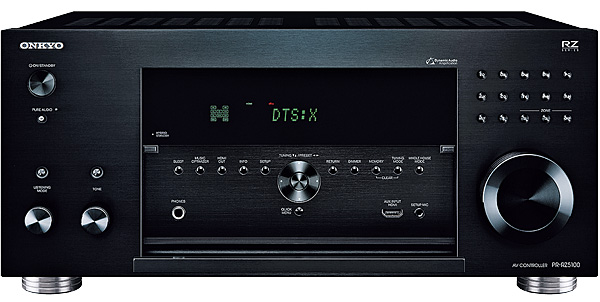
In short, there is no native compatibility between HEOS, MusiCast and the Onkyo/Pioneer systems. Or to put it simply, you can't mix and match components from the different brands. New networking hardware from all these traditional companies now offers some degree of 'native' access to online streaming services such as Spotify, Deezer and Tidal. Some older models may be upgradeable by software downloads, but check with the company or dealer.
All three traditional companies are now making new models 'work with Sonos', or updating some slightly older models to work with Sonos. What the companies don't clearly state is that 'working with Sonos' will usually need extra interface equipment, notably the Sonos Connect box, which will set you back £350. However, this comes with 'old-fashioned' analogue and digital audio inputs and outputs, which enable 'traditional' hi-fi components to hook into the Sonos networked world.
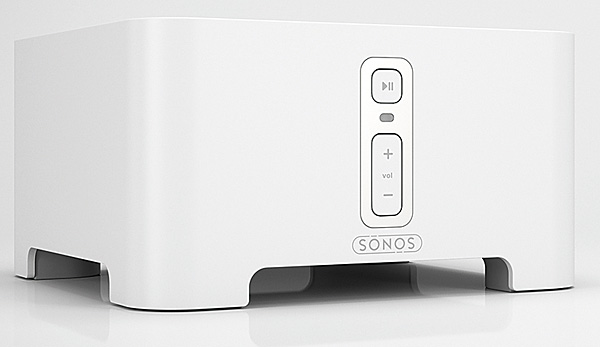
All the traditional hi-fi companies, and Sonos too, are now adding voice control from Amazon Alexa and sometimes also Google Voice. But whereas Sonos gear has a built-in multi-microphone array, traditional hi-fi hardware will usually need to be connected to a separate device such as the Amazon Echo Dot that listens for voice commands. Again this is often not made clear.
In the future, new 5G wireless technology will offer higher data and network speeds, along with other significant benefits. This will create a clean slate and a golden opportunity for new 'open' industry standards for home networking. Whether the hi-fi industry embraces that opportunity remains to be seen.
A good starting point for anyone wanting to get a feel for the new knob-less audio world is to spend £30 or £40 (depending on current deals) on an Amazon Echo Dot. The Dot uses home Wi-Fi to connect to the Internet, a simple 3.5mm jack lead (or Bluetooth wireless) to connect to a traditional hi-fi, and a phone or computer app to let Alexa voice control both music access and play (and a lot of other fun stuff too).
See our Sidebar for some practical help on getting things working. It could well save you a lot of frustration.
Computer Audio
Meanwhile, readers who wish to explore using computers in their own right to store and playback music might want to re-visit HFN Aug and Sep '16 for our two-part Investigation into 'Computer audio
for beginners'.
A final thought. What you pay the record industry to download or stream music is on top of what you pay an ISP for the enabling data. And when too many people in the same house or in the same street are online at the same time, data speeds can plummet and glitch audio.
I wonder what would have happened if online access had arrived first and physical media like CDs, and radio broadcasting, had then been invented…



















































